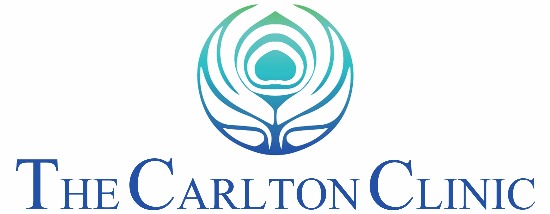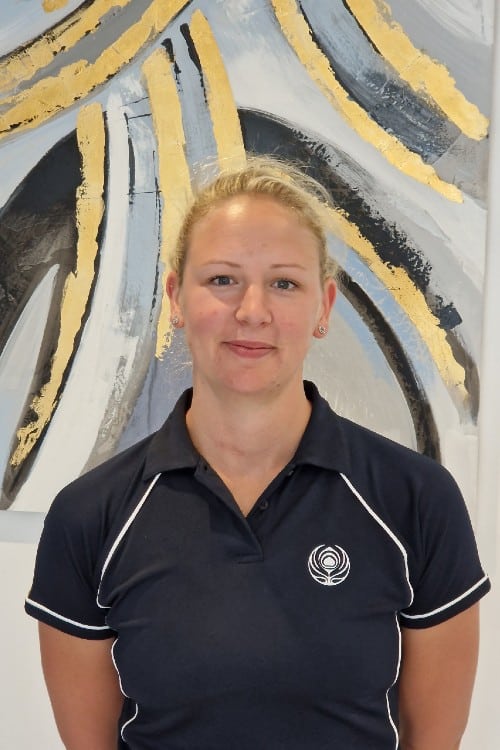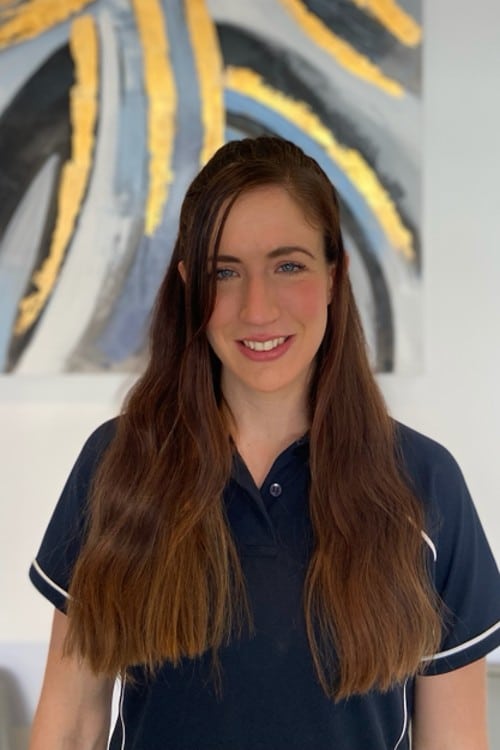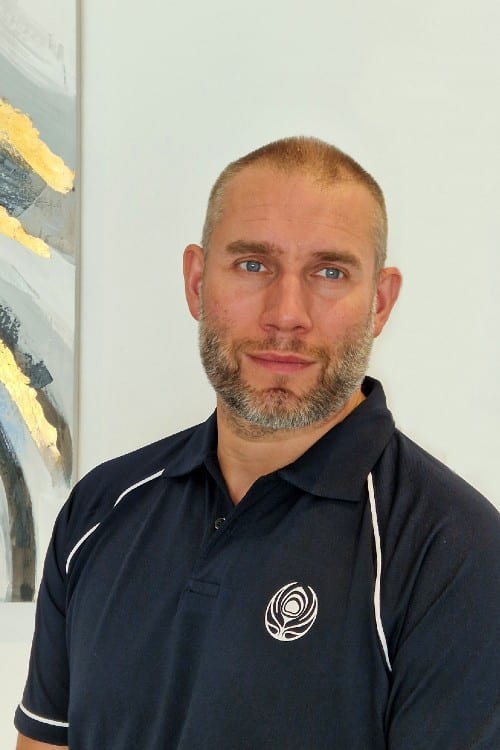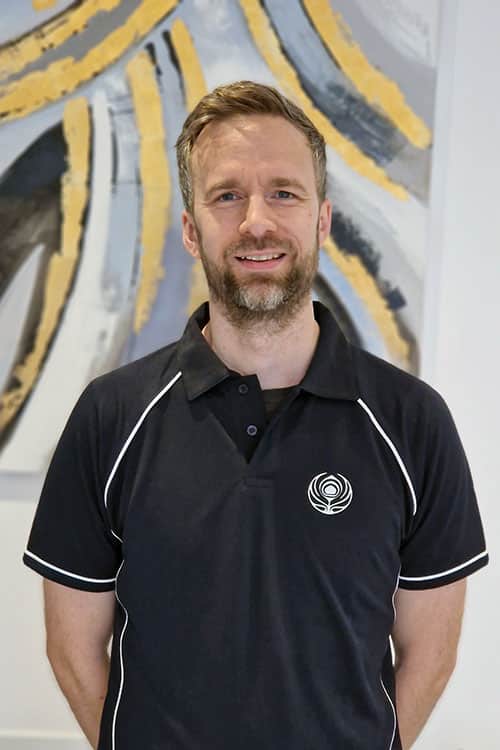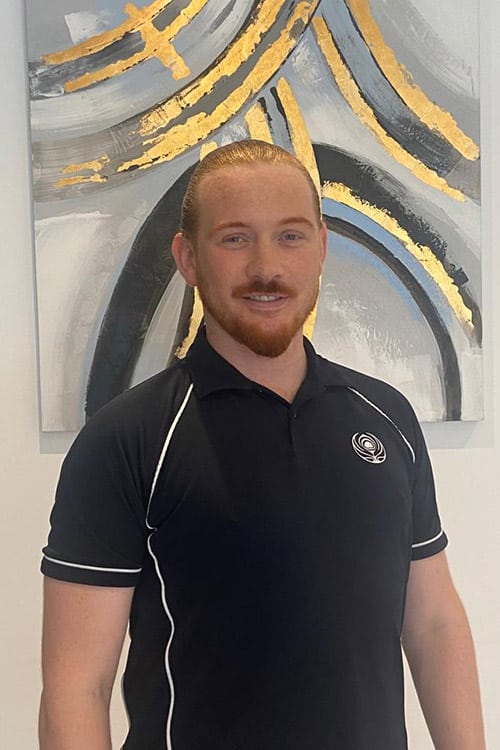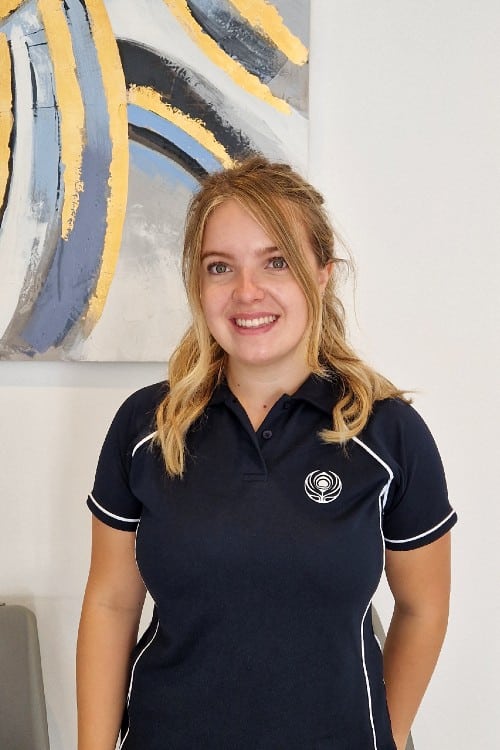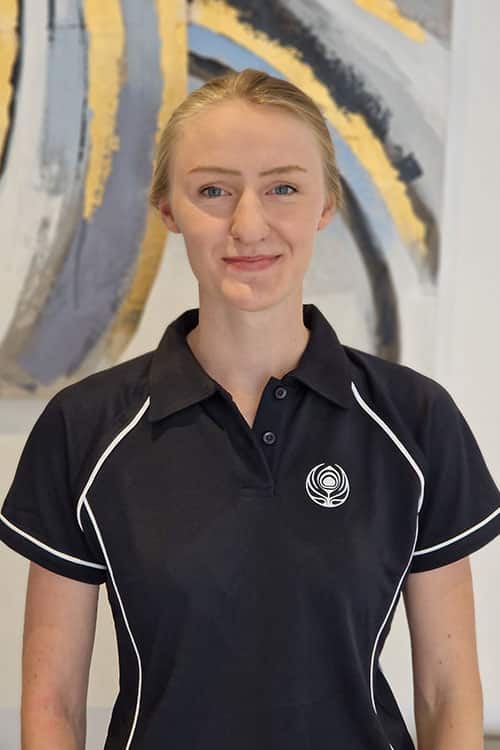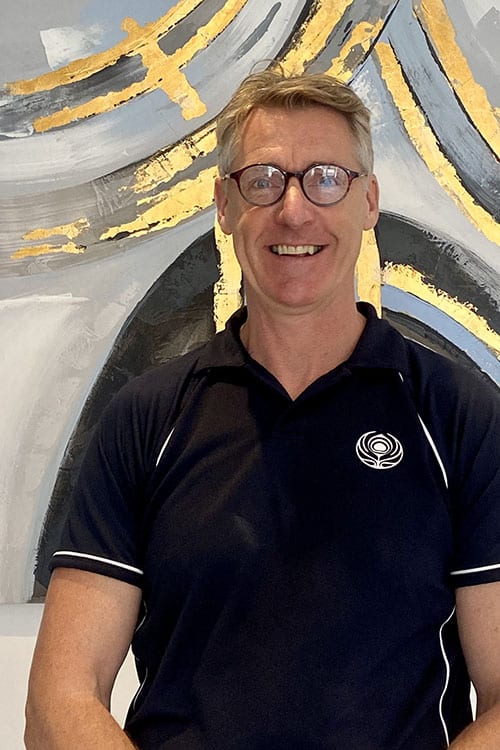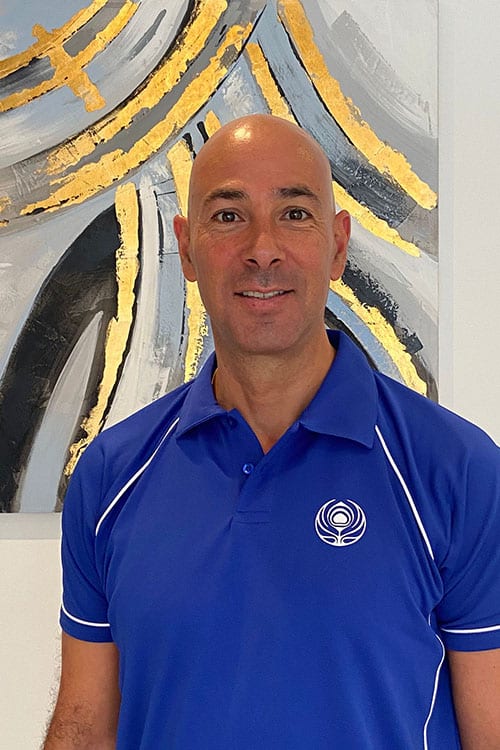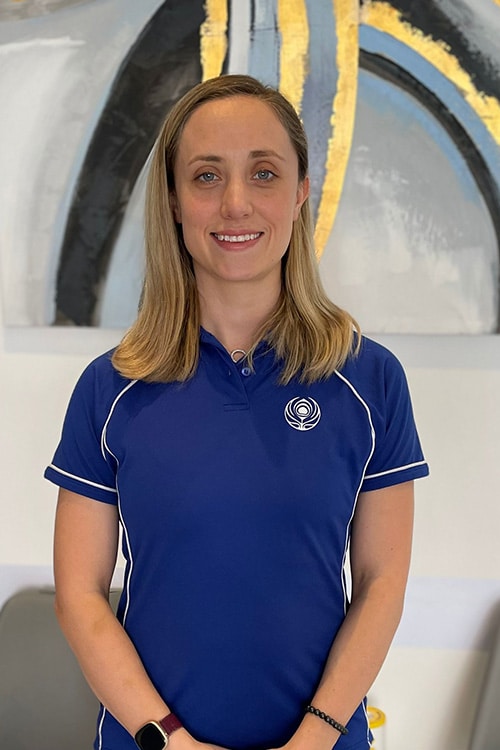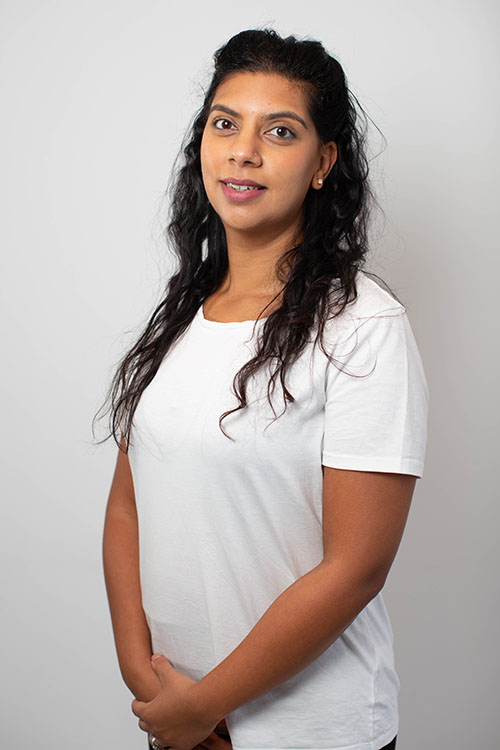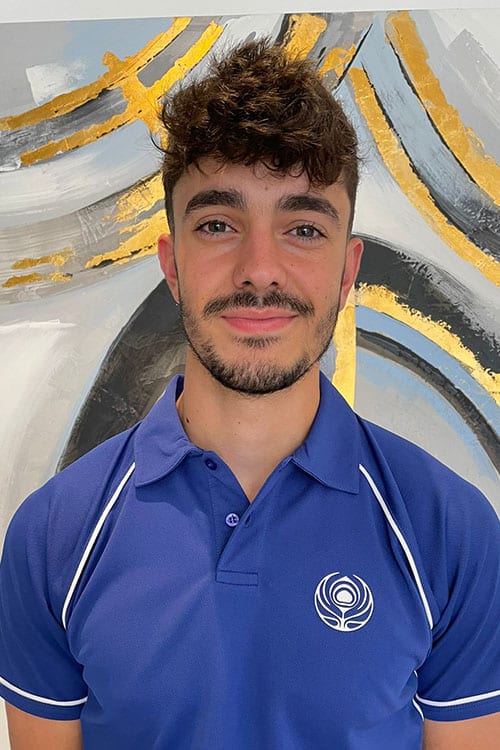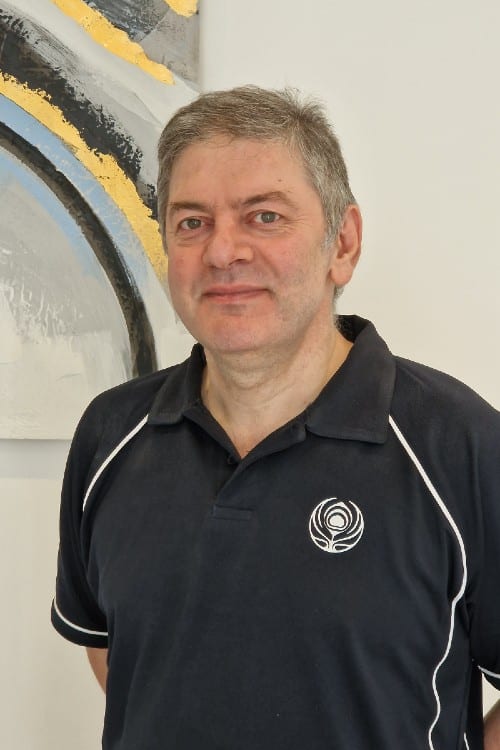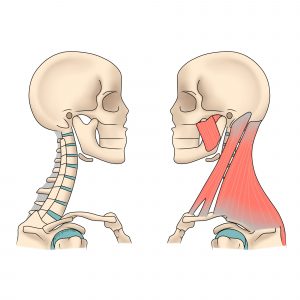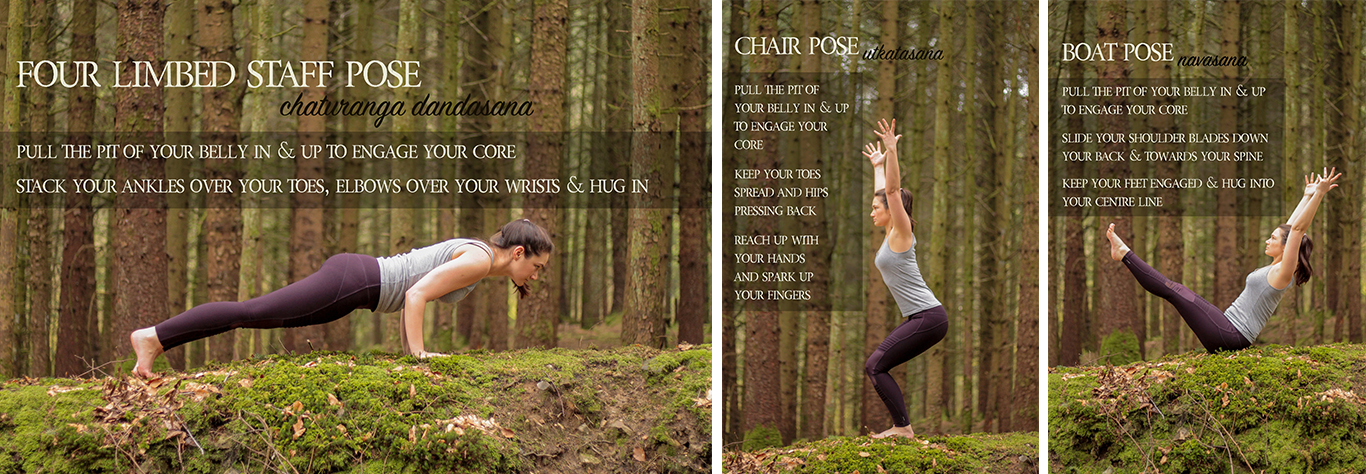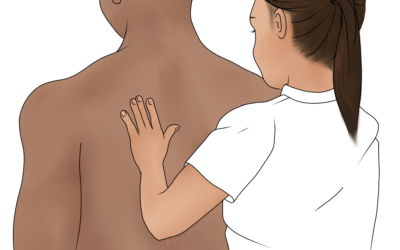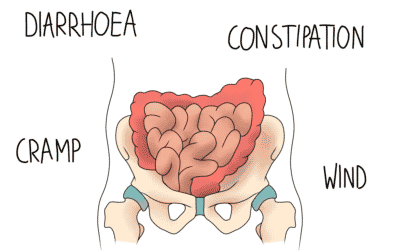The Connection Between Yoga and Osteopathy
Q&A with Justine Robinson, The Carlton Clinic
Originally posted on Wild Kat Yoga and republished here with the kind permission of Kat MacLeod.

Everyone knows yoga is good for you.
Studios, clothing brands and wellness retreats around the world blast the message to anyone who will listen. They’re all promising the same thing: a longer, healthier and happier life. They aren’t lying – of course it’s good for you! Just google “benefits of yoga” and watch the internet explode.
But where does theory end, and the facts begin?
Enter my wonderful friend, Justine Robinson. Justine is a skilled and incredibly knowledgable registered osteopath who bought her first practice, The Carlton Clinic in Horley, Surrey, at just 27 and has treated hundreds of people with a variety of ailments. In short, she is wonder woman. I loved chatting yoga and osteopathy with her over the Easter weekend and I quickly realised that the great sages who created this practice over four thousand years ago really knew what the heck they were talking about! They had a profound and detailed knowledge of the human body and it’s truly amazing to me that they designed a yoga lifestyle that still benefits us today.
Here’s a few gems from a Q & A with Justine.
Firstly, for those of you who don’t know, what is the role of an osteopath, and when and why would you suggest seeing one?
Osteopaths work by a few principles. The main one I refer to is “structure = function”. This means that, if everything is structurally in the correct place, you will function seamlessly, and the opposite is also true.
Most of my patients come to see me with musculoskeletal or nerve related pain, which has either started following a physical accident, or more commonly with no obvious onset. Generally, if it is the latter, looking thoroughly at the body’s biomechanics and posture can highlight the origins of injury. I would recommend osteopathy if you prefer a non-invasive, hands-on treatment which is aimed at kick-starting natural healing process and gives you a greater understanding of your own body.
I also see a number of patients regularly for general maintenance, to keep their bodies feeling subtle, limber and healthy. It’s a great insurance strategy for avoiding aches and pains in the first place! Think of osteopathy like seeing a dentist. It’s best not to wait until you are in pain.
What are some of the most common conditions you see in practice and how would you suggest avoiding these?
In practice, I often see chronic patterns of poor posture that lead to related injuries. The most common conditions are:
• Chronic neck and upper back pain due to poor seated posture at a desk, that can further lead to shoulder problems and headaches. This can also present from too much mobile phone use. Recently this has started to be called “Text Neck”.
• Lower back pain due to poor lifting techniques or again, poor seated posture.
• Hip Flexor (Iliopsoas) spasms are also common, probably due to a rise in sedentary careers, which involve sitting on a train, in a car or at a desk.
• Repetitive strain injuries related to occupation is also a common complaint, for example tennis elbow, carpal tunnel, shoulder and neck strains.
This list highlights how important it is to have your seated position assessed, particularly if you cannot help but be in this position for eight hours at a time. Ensure you are constantly checking in with your seated posture; do not slump forwards and ensure your head is held upright. Take regular breaks if possible. Obviously some of these complaints can be somewhat hard to avoid depending on your occupation!
As yoga teachers we pay great attention to correct alignment in our practice, which we believe is vital four our physical health. How important would you say our attention to alignment in our day-to-day lives affects our bodies over time?
Alignment and core stability is crucial to the functioning of a healthy, stable body. Osteopaths focus on the biomechanics of the body, believing that everything is interconnected and if one part malfunctions, this can have a knock-on effect on other parts of the body. For example, a problem with one’s lower back could actually be coming from a restriction or misalignment in the foot. If you continue to use your body in a state of poor alignment, you might eventually find yourself in chronic pain and with problems that could have been avoided with proper management and education around how your body’s mechanics are functioning.
Most yoga asanas are heavily reliant on core strength. How important is core strength in our day-to-day lives and how might we benefit from a strong core?
One of the biggest problems my patients face is not knowing how to stabilise themselves during day-to-day tasks such as simply carrying their shopping bags. Building strong core muscles can prevent injury, reduce aches and pains, and allow the body to function at full capacity.
A myth that must be busted is that core muscles can only be built by lifting heavy weights in the gym! A lot of the main core muscles are deep within the body, invisible on the surface. Core strength acts as the initial building block upon which you continue to build your strength. Much like building a house, you must make sure the foundations are deep and solid before beginning to build external walls and windows. Your core is what holds your body upright, not your spine. When the core is weakened, that’s when the smallest imperfections in the spine become a lot more obvious in the form of back pain!
Poses to fire up your core
Yoga enhances the mind-body connection and this practice of mindfulness, we believe, is key to maintaining physical and mental wellbeing. How important would you say our relationship with our bodies is to our state of mind?
The reason I became an osteopath is because I believe the body is not just a physical entity. The mind-body link is incredibly strong and both can influence each other continually.
For example, in a new-born baby a physical signal immediately turns into an emotion. And, the opposite can be very apparent when certain stresses are transferred into tension in the body. I see daily how pain can make people miserable, as well as how an unhealthy mind can manifest as physical symptoms. A healthy body has the ability to make people feel energetic, confident and happy. And undoubtedly, any therapist would tell you that if a patient has a positive and motivated attitude to healing, they will tackle and manage their recovery much better.
If you had to give one piece of advice that will improve people’s daily life starting today, what would it be?
These words by Thomas Edison, resonate with me strongly:
‘The Doctor of the future will give no medicine, but will interest his patients in the care of the human frame, in diet and in the cause and prevention of disease.’
Eat healthily, exercise regularly, listen to your body, stretch, laugh, love.
About Kat MacLeod
Based in Bristol, Kat teaches dynamic, powerful Vinyasa classes with a focus on strengthening the mind-body connection.
If you’d like to know more visit her site Wild Kat Yoga.
Share this…
[Sassy_Social_Share]
